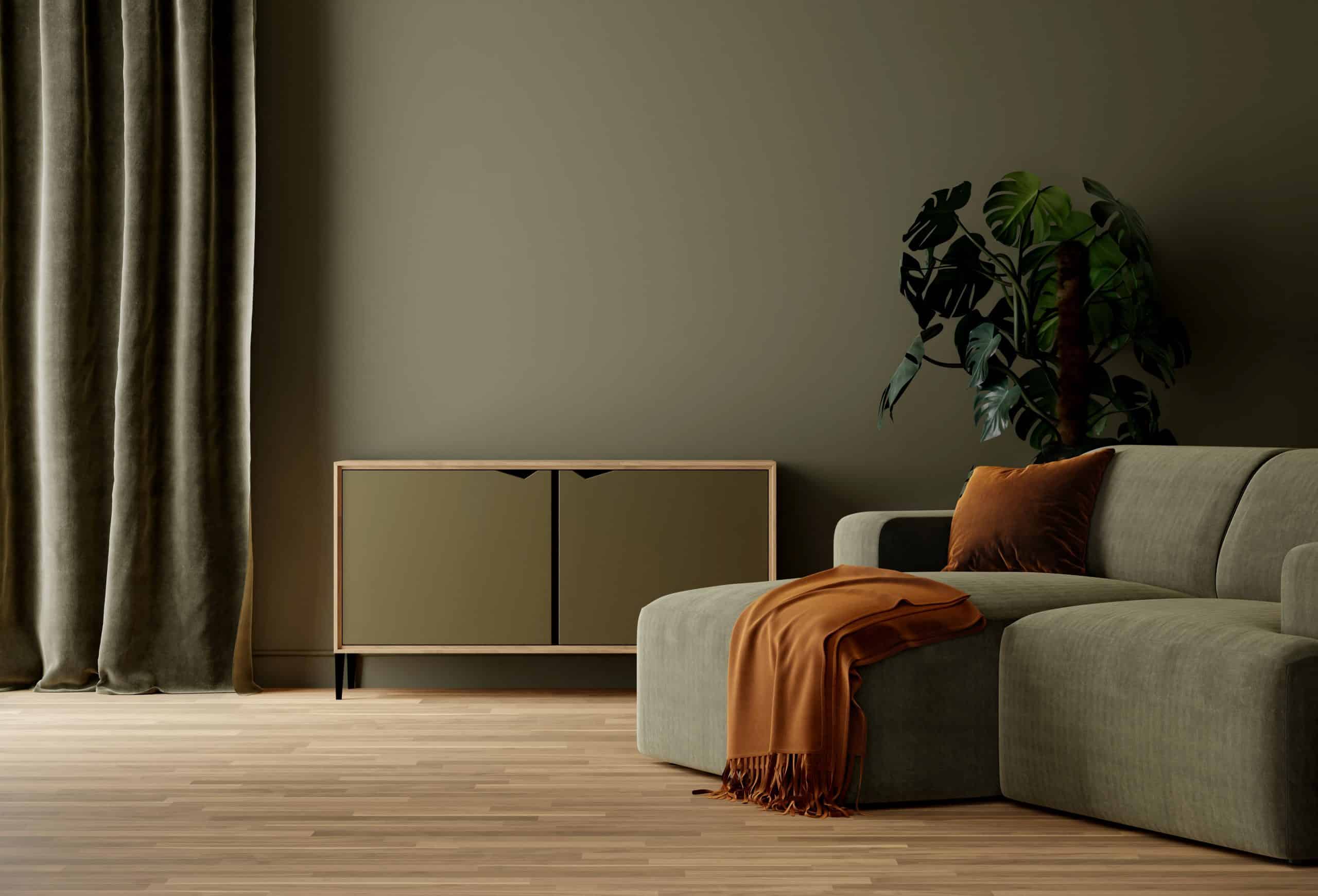Whether you prefer bold splashes of colour and muted accents, it’s important to ensure you create a sense of cohesion throughout your home. Whatever your preferred colour palette, you don’t want to create a choppiness in between rooms.
Choose a flow-through paint
Use a consistent paint colour on the walls of connecting spaces. Opt for a neutral tone particularly in open spaces. Your foyer and hallways do not necessarily have to be beige or grey, but you want to have that dominant colour in your space.
Consider sightlines
Consider sightlines when you want to introduce variety to a space. When you’re standing in the living room, what other rooms will you see? If you have a view into the kitchen, the dining room and the foyer, then the colours for those spaces need to work well together.
Create colour groups
Limiting colours to a temperature family can create a cohesive flow. You may want to mix warm colours, such as red, yellows and oranges, or combine cool tones, like blues, greens and greys. Another option is to use variations of one or two colours, such as combining navy blue with a blue grey.
Bold colours in separate rooms
Master bedrooms, powder rooms, kids rooms and any other room encapsulated by four walls are great places to indulge as they are out of the sightlines of other rooms. An all-black powder room or all-blue study would truly make a grand statement without going overboard.
The 60-30-10 Formula
Three to four colours in a space is what experts recommend. Use a base colour that you really like as 60% to 70% of what you’re going to paint for your interior. Your next colour needs to be 25% to 30%, then you can do your accents of 5% to 10%
Want to book in a site visit, ask a question about our building process or talk through your project? Call SE Building Solutions today on 0415 772 983

